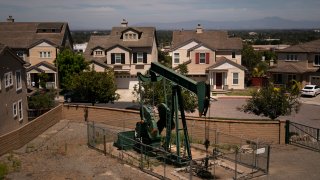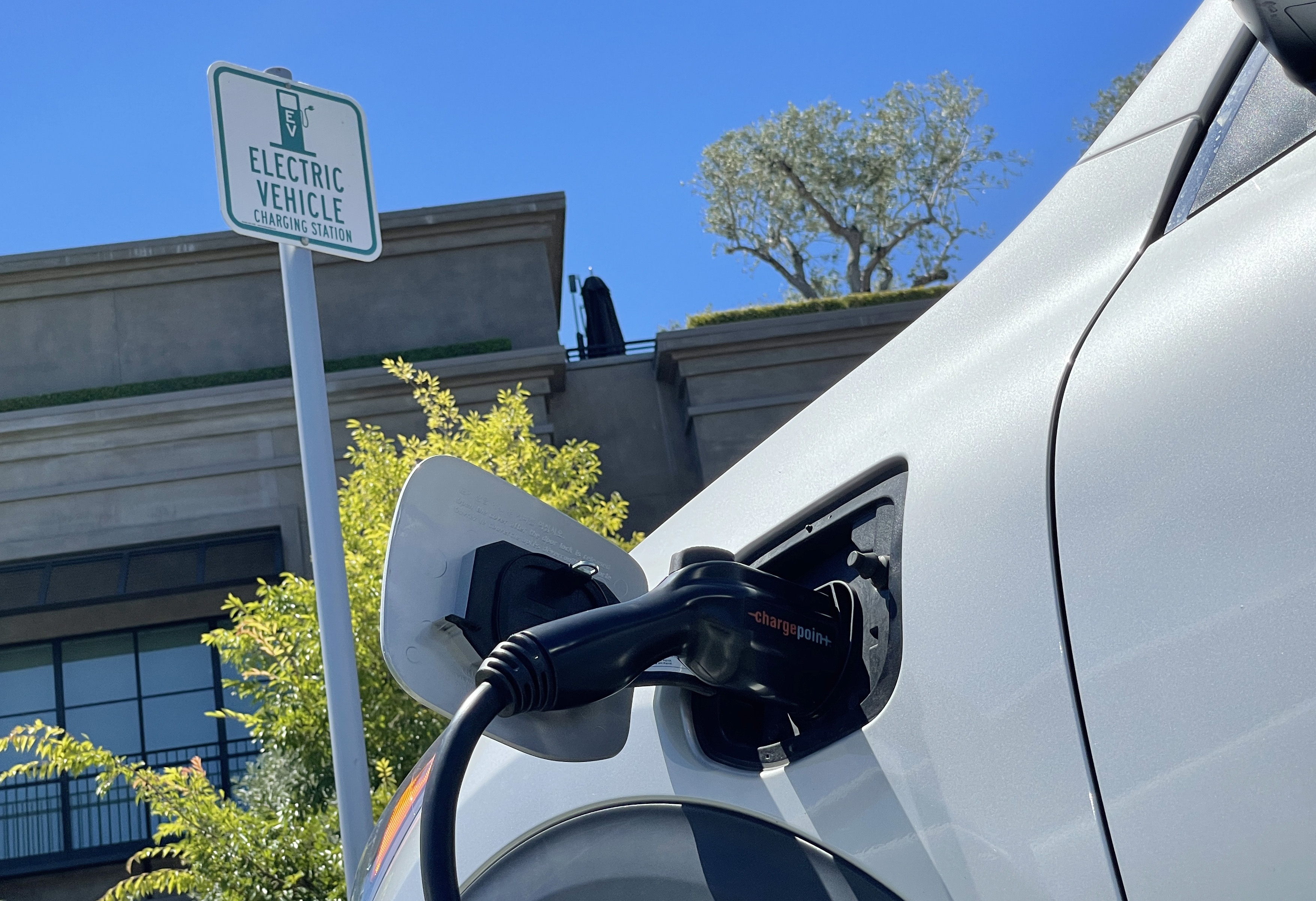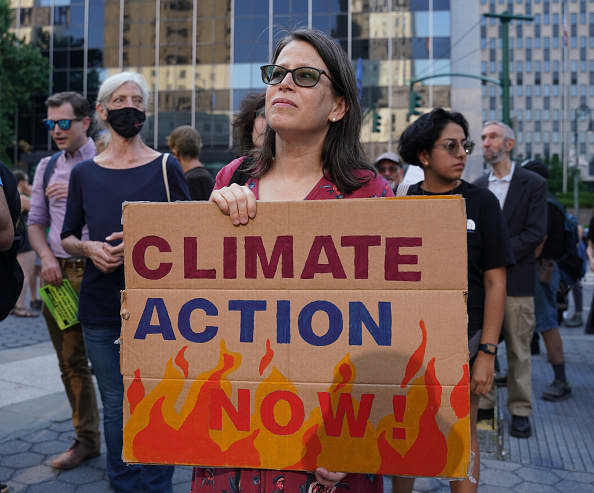
Tougher clean energy goals, a ban on new oil and gas wells near homes and schools, and establishing guidelines for capturing carbon and storing it underground are among the climate proposals California Democrats advanced in the final days of the legislative session.
Taken together, along with tens of billions in budget money for climate proposals, the policies marked one of the state's most groundbreaking years for climate action, some advocates said.
“This was a watershed year on climate action," said Mary Creasman, chief executive officer for California Environmental Voters.
Democratic Gov. Gavin Newsom in August delivered to lawmakers a slate of climate proposals, some of which lawmakers had been pushing unsuccessfully for years. All but one, a proposal that would have required deeper greenhouse gas emissions cuts by 2030, will now head to his desk.
Broadly, legislative Republicans argued the bills would destroy in-state jobs and require the state to turn to foreign countries to import oil to maintain an economy that still relies heavily on fossil fuels. Democrats, meanwhile, said the urgency of climate change requires swifter, more aggressive action.
Here's a look and some of the key measures:
NEIGHBORHOOD OIL DRILLING
Oil and gas companies would no longer be able to drill wells within 3,200 feet (975 meters) of homes, schools and other community sites.
About 2.7 million Californians live within that distance of a well already, according to state Sen. Lena Gonzalez, one of the bill's authors. Studies show living near a drilling site can elevate the risk of birth defects, respiratory issues and health problems. Neighborhood oil wells are common across parts of Los Angeles County and Kern County.
Get a weekly recap of the latest San Francisco Bay Area housing news. >Sign up for NBC Bay Area’s Housing Deconstructed newsletter.
The legislation wouldn't shut down the more than 28,000 existing wells in that zone, but would require them to meet strict pollution controls. Those wells would also be barred from most permits to deepen or rework the wells.
State oil regulators announced a similar policy in 2021, though it has not yet been finalized. Supporters of the policy believed passing the law was the quickest path forward.
“This is a victory for every single family and every single frontline community in California that has been fighting Big Oil’s drilling in our backyards for decades and pushing for setbacks for years," Kobi Naseck, coalition coordinator, for Voices in Solidarity Against Oil in Neighborhoods said in a statement.
California is the seventh largest oil-producing state and ranks fourteenth for natural gas production. Republican state Sen. Shannon Grove of Bakersfield, one of the state's oil hubs, said the proposal would affect thousands of wells in her district and do nothing to reduce a need for oil.
“It doesn't change the fact that Californians are still using oil every single day to make their lives more convenient and better," she said.
RENEWABLE ENERGY
California has already mandated that 100% of retail electricity sales will come from non-carbon energy sources like solar and wind power by 2045. Current law sets an interim goal of 60% by 2030.
Lawmakers have now boosted that to 90% by 2035 and 95% by 2040.
The action comes as California is struggling to keep its power grid stable as the state transitions away from fossil fuels and record temperatures blanket the state.
The more aggressive targets will put even more pressure on the state to build more solar panels, wind turbines and batteries that can store that power for use at night. At the same time, electricity demand is expected to sore as California tries to get more people to swap out gas-powered cars and home appliances for electric ones.
Lawmakers also agreed to a policy aimed at extending the life of Diablo Canyon, the state's last nuclear power plant, to help stabilize the energy grid. Supporters of nuclear power say it is an environmentally friendly carbon-free energy source, but critics worry about its safety. The bill says any power from the plant generated after August 2025 couldn’t count toward California’s 2045 clean energy targets.
Newsom, speaking Wednesday, acknowledged the challenges of having enough energy to meet demand during heat waves made worse by climate change. But he said that will only accelerate California's push to build a cleaner energy grid.
“Don't think for a second ... that we're going to de-escalate our commitment to that transition," he said.
CARBON NEUTRALITY
Former California Gov. Jerry Brown signed an executive order in 2018 calling for the state to be carbon neutral by 2045, meaning any carbon that it emits is offset by removing a similar amount from the atmosphere.
Legislators on Wednesday voted to turn that goal into a law and require an 85% reduction in greenhouse gas emissions along with it. The second part is designed to ensure that the carbon neutrality is mostly achieved by lowering emissions, not taking carbon out of the air.
Some environmental groups are skeptical that carbon capture is a reliable and safe technology and worry it will be used to let oil companies keep emitting fossil fuels.
Another bill passed by the Legislature requires the state air board to create a permitting process for for such projects. It bans the technology from being used to extract more oil.
ODDS AND ENDS
Low-income Californians who don't own a car would get a $1,000 tax credit under another proposal headed to Newsom's desk. It would only be eligible for single people making less than $40,000 or couples making less than $60,000. Transportation is the largest single source of greenhouse gas emissions in California, and the state is broadly trying to get people out of gas-powered cars over the next dozen years.
Meanwhile, a proposal that would have required corporations with revenues of more than $1 billion to disclose their greenhouse gas emissions failed to pass the Assembly.
Another bill that would have set the state's 2030 greenhouse gas emission goals at 55% below 1990 levels also failed. The current requirement is a 40% reduction, which some observers say the state is not on path to achieve.



